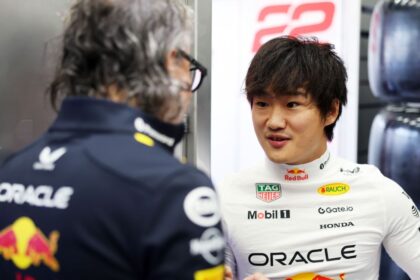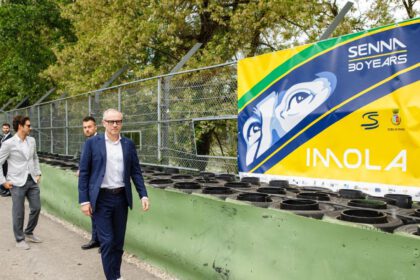Disqualification in Las Vegas: McLaren Loses Key Points
In an unexpected turn of events following the Las Vegas Grand Prix, the cars of Lando Norris and Oscar Piastri, both McLaren drivers, were disqualified from the race, just three hours after crossing the finish line. The main reason was the excessive wear of the plank, a piece of composite material located on the underside of the single-seater. The wear exceeded the permitted limits, which forced the stewards to make this drastic decision. In Norris’s car, the wear exceeded the limit by 0.12 millimeters, while in Piastri’s it was 0.26 millimeters. To put it in perspective, the thickness of an average human hair ranges from 0.17 to 0.181 millimeters. This situation could have significantly affected Norris’s aspirations in the fight for the championship. The confirmation of the disqualifications, issued by the stewards on Sunday morning, reduced Norris’s lead over Piastri and Verstappen. The 30-point margin that Norris thought he had over Piastri and the 42 points over Verstappen, were reduced to 24 points before the Qatar Grand Prix next weekend.Why the disqualification?
The FIA’s statements made it clear that the stewards considered the infringement to be unintentional and without the intention of circumventing the regulations. However, the technical rules do not allow for a margin of error in the measurement of the plank wear. The plank material is designed to wear down during the race by rubbing against the track surface. This helps protect the underside of the car while also allowing the FIA to ensure that a minimum ride height is maintained. Running the car very close to the ground can improve aerodynamic performance, but it also increases the risk of downforce loss.To ensure safety, the FIA controls the wear of the plank on all scoring cars. Inspectors measure four holes in the plank, which must have a minimum depth of 9 millimeters at the end of the race.
Why was McLaren racing with the car so low?
Current Formula 1 cars are very sensitive to ride height. The lower the car, the more the airflow passing underneath is sealed and energized. The moving air between the car’s floor and the track creates low pressure, which translates into greater downforce, allowing the cars to take corners at impressive speeds. During each race weekend, teams seek the perfect ride height to balance aerodynamic performance and legal plank wear. Although simulations provide a starting point, teams rely on track testing to make the final decision before qualifying.
Andrea Stella, McLaren team principal, added:The team argued that there were mitigating circumstances, such as the additional and unexpected “porpoising”, the limited opportunity to test due to the weather and the shorter practice sessions.
Stewards’ statement
McLaren apologized to its drivers. Norris now has a 24-point lead over his rivals for the title. If he manages to increase that lead to 26 points or more after the Qatar Grand Prix, he will secure the championship.During the race, both cars experienced unexpected and high levels of “porpoising” that were not seen in the practice sessions, which led to excessive contact with the ground. We are investigating the reasons for this car behavior, including the effect of accidental damage suffered by both cars, which we found after the race, and which led to an increase in ground movement.
Andrea Stella, McLaren team principal
Meanwhile, Piastri saw his deficit with his teammate reduced as a result of the disqualification. Verstappen is the biggest beneficiary, as now, a result ahead of Norris and Piastri in the sprint race and the grand prix next weekend, will keep him in contention until the final round in Abu Dhabi.










